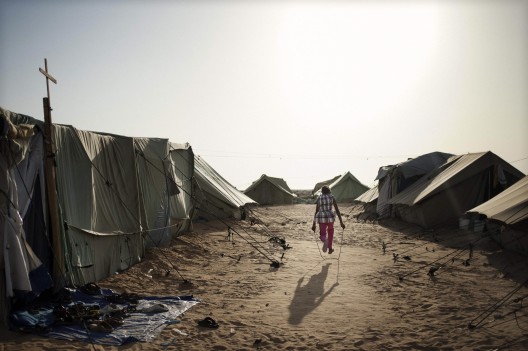
A Refugee Camp Is a City
What role does architecture play during a conflict?
Emergency architecture is exciting. It is the amalgamation of the most basic human necessities made architecture. The lack of resources, the need for survival of the masses.
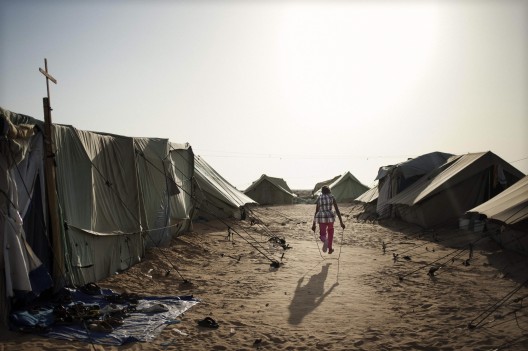
When we think of emergency architecture, what usually comes to mind are villages razed by flooding, by a hurricane or tornado. Isolated families who have lost everything, which means towns to rebuild. Towns and lives to rebuild.
From catastrophe emerges a new home for a new life, a new future to rebuild from the debris. But there are many other emergencies of an equally – if not more – dramatic nature: political and armed conflicts displace tens of millions of people every year.
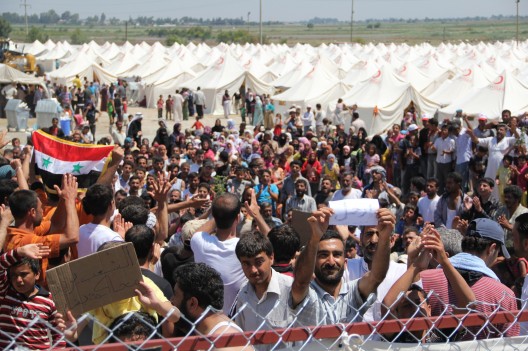
In the 2012 census collected by ANCUR, it was estimated that “43.3 million people in the world were displaced by force due to conflict and persecution. Amongst the refugees and others in similar conditions, children constituted 46%. 876,100 applications for shelter and asylum were received by 176 countries or regions. 15.5 million displaced interiors were assisted and sheltered by ACNUR. 3.5 million stateless people were officially identified (but a more realistic calculation set the number at over 12 million)”.
And to these statistics we have to add every family living for years, even decades, in refugee camps.
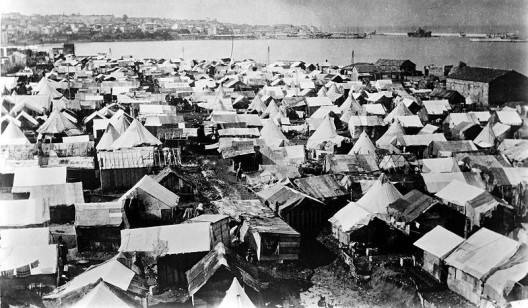
These are not people who are starting from zero with a new home, but rather who have run to save their own lives, taking with them only what they could carry – the things that will furnish houses that aren’t houses, because “their inhabitants aren’t citizens”.
But a refugee camp is also a city
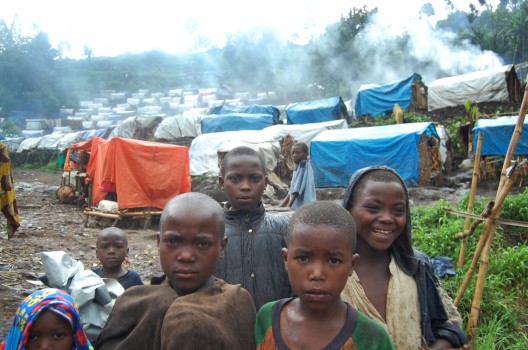
An “ephemeral and temporary” city, in theory. But let´s not fool ourselves. Hundreds of thousands of refugees have lived in the Sahara alone since 1975. It’s a new city without any structured social relations, for their inhabitants were placed there like pieces in a puzzle. A city of expatriates with a torn or stolen past, a muddy present and an uncertain future. Cities lost in space and diluted in time. A prolonged state of standby to which architecture does not always lend a friendly hand.
But a refugee camp is also a city
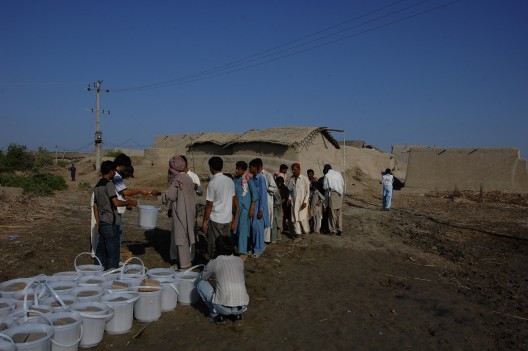
And not an ephemeral one. It’s a planned city with no natural origin or evolution. It is a spontaneous generation that continues over time, but is established nonetheless. Unrecognised cities inhabited by invisible, forgotten citizens. A city permanently on the surgeon’s table. Anesthetised lives in everlasting wait.
And the question that I ask myself today is: What role should architecture play during a conflict?
A refugee camp is a city – and not just one that should be barely livable. Running water and the disposal of waste are not the only requisites. We constantly speak of the influence architecture can have on people’s quality of life. Of how it can positively or negatively affect the person who inhabits it.
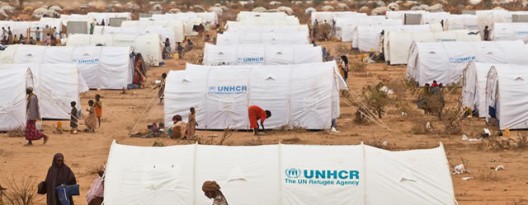
A refugee camp needs more than doctors, psychologists, teachers – it needs architects. It needs an identity born from the creation of space. If architecture is the expression of each village, of each society, then surely these citizens don´t just need but deserve this expression too.
There aren’t the resources for it – true. But we constantly see buildings made without resources, and not just in informal communities. We see them result from workshops and conferences and post-grad programs that like to portray themselves as being on the “cutting-edge” of architecture, because they speak about the informal, ephemeral direction of architecture today.
Architecture can help, and it should – so that we can cease to call refugee camps “refugee camps” and can start calling them “living cities.” Because a refugee camp is a city – a living city with a past, present, and future. We only need to start seeing it that way.
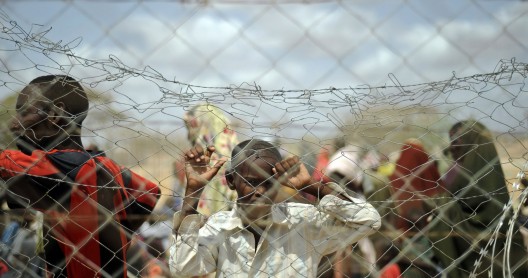
Some data gathered by ONU and ACNUR
There are different kinds of displaced people, but they all have something in common: every minute, 8 people leave everything behind to run away from war, persecution or terror.
● Refugees: Our main priority, we take care of them in every corner of the world.
● Asylum applicants. Those who are waiting to be recognized as refugees need assistance and advice during the application process.
● The internally displaced. People who have had to leave their homes for similar reasons to those of the refugees, but without crossing international borders.
● Stateless. A life without nationality. Millions of people in the world trapped in a judicial limbo and not considered as citizen of any country, thus affecting their most basic rights.
● Returned. The repatriated that manage to return home. The most durable solution.
If you are interested in following different projects involving displaced populations you can visit ACNUR, Arquitectos sin Fronteras or Architecture for Humanity.
Written by: Ana Asensio Rodríguez / Translated by: Jacinto Castillo & Caitlin Mayall / Photography: Caption / Originally written in spanish for Plataforma Arquitectura / Originally written in spanish for Plataforma Arquitectura / Citation: Asensio, Ana. “Un Campo de Refugiados es una Ciudad / 20 de Junio: Día Mundial de los Refugiados” 20 Jun 2013
